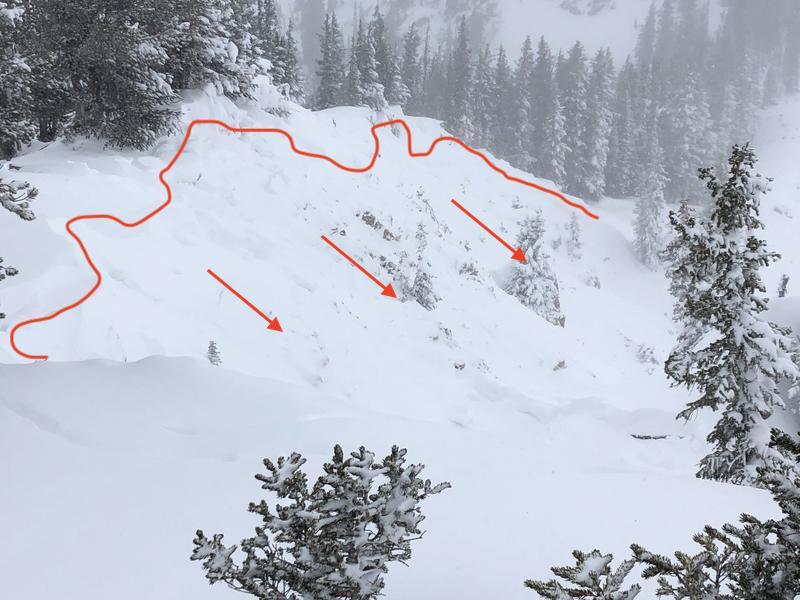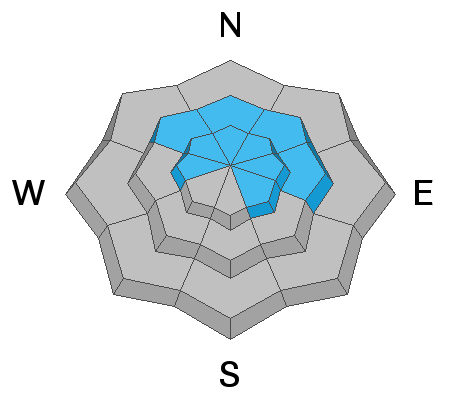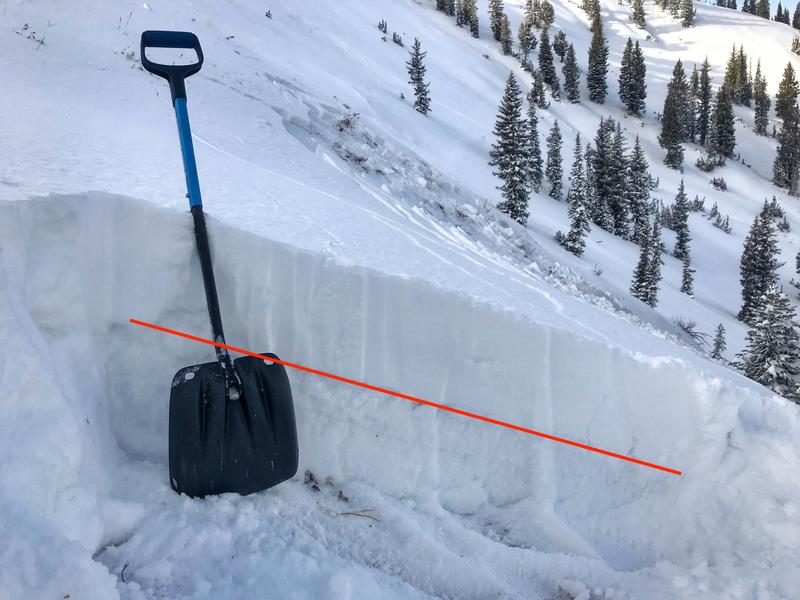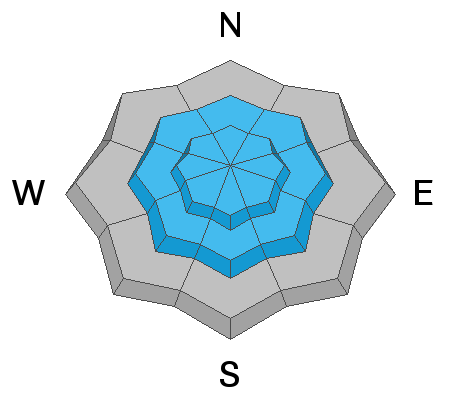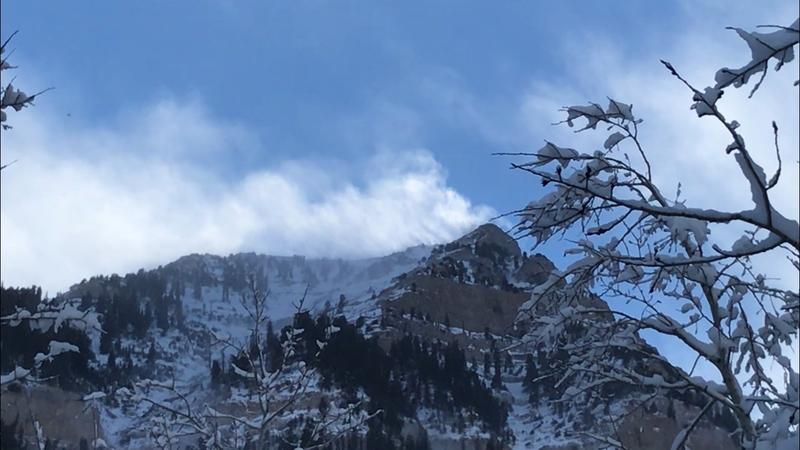Forecast for the Provo Area Mountains

Issued by Trent Meisenheimer on
Sunday morning, November 25, 2018
Sunday morning, November 25, 2018
There is a CONSIDERABLE danger for slab avalanches failing on weak, sugary, snow 2-3' feet deep. This problem is found on mid & upper elevation slopes that face northwest, north, northeast and east. Don't be fooled by the sunshine and beautiful powder snow, these are the exact conditions that lead to avalanche accidents and fatalities. Dangerous avalanche conditions do exist, careful snowpack evaluation, cautious route-finding and conservative decision making is essential today.
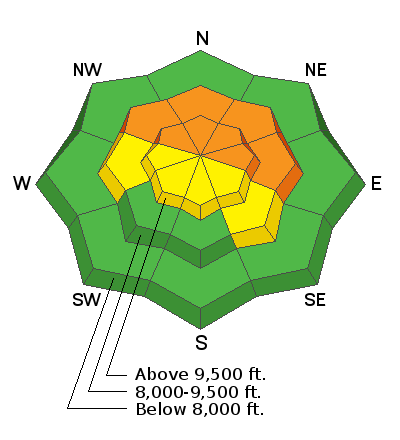
Low
Moderate
Considerable
High
Extreme
Learn how to read the forecast here


